Driving Strategic Decisions with the Business Value Framework (BVF)
In contemporary business management, executives and senior leaders are continually challenged to ensure that organizational efforts directly translate into measurable and meaningful outcomes. One highly effective method of aligning technical, operational, and strategic initiatives is the Business Value Framework (BVF). The BVF encapsulates four core value drivers: reducing costs (cheaper), increasing speed (faster), enhancing quality (better), and generating more revenue. Theoretical Foundation The BVF aligns closely with Kaplan and Norton’s Balanced Scorecard (1992), which measures organizational performance through financial, customer, internal process, and learning/growth perspectives. Similarly, Porter's Value Chain (Porter, 1985) illustrates how operational efficiencies and strategic positioning can significantly impact competitive advantage, echoing the BVF categories. Additionally, the DevOps Research and Assessment (DORA) by Forsgren et al. (2018) provides empirical evidence linking software delivery performance (faster and better) to improved business outcomes, including profitability and market share. The Four Pillars of BVF 1. Cost Reduction (Cheaper) Reducing operational and overhead costs is fundamental for sustaining profitability. A compelling real-world case is Netflix's migration from data centers to AWS cloud infrastructure, cutting operational expenses dramatically and enabling scalable cost efficiency (Izrailevsky & Tseitlin, 2016). 2. Increasing Speed (Faster) Speed enables businesses to swiftly respond to market demands and opportunities. Amazon exemplifies this pillar through their investment in automation and sophisticated logistics, enabling same-day delivery, significantly outperforming competitors and increasing market dominance (Chopra & Sodhi, 2014). 3. Enhancing Quality (Better) Quality improvements positively affect customer satisfaction, loyalty, and brand reputation. Toyota’s implementation of Lean Manufacturing and the Toyota Production System (TPS) drastically improved vehicle reliability and customer trust, becoming a global benchmark in operational excellence (Liker, 2004). 4. Revenue Growth (Generate More Money) Efforts aimed at increasing revenue through improved customer acquisition, retention, or monetization strategies are pivotal. Spotify's personalized recommendation algorithms significantly increased user engagement and retention, contributing to consistent growth in premium subscribers and revenue (Datta et al., 2017). Step-by-Step Application of BVF in Strategic Decision-Making Identify and Clarify Business Challenges or Objectives: Clearly define goals such as cost reduction, market responsiveness, product quality, or revenue enhancement. Classify Objectives Under BVF Categories: Align the challenges to BVF pillars (cheaper, faster, better, more revenue). Propose and Evaluate Initiatives: Brainstorm, prioritize, and evaluate initiatives based on impact, feasibility, and speed to benefit. Implement with Measurable Metrics: Deploy selected initiatives with clearly defined metrics for outcome assessment. Measure and Report Outcomes: Regularly measure and communicate the results to executive stakeholders clearly linking initiatives to strategic business impacts. Practical Real-World Example (BVF Table) BVF Category Initiative Outcome (Metrics) Impact Achieved Cheaper Inventory automation Operational cost reduction (20%) ↓ 20% costs Faster Streamlined order processing Order fulfillment time improvement (35%) ↑ 35% speed Better Enhanced customer support training Increased customer satisfaction ratings ↑ customer rating (4.2 → 4.7) Generate More Revenue Personalized marketing campaigns Increased total revenue ↑ 18% revenue Conclusion BVF is a powerful and practical tool for executives and managers to prioritize, communicate, and evaluate strategic initiatives effectively. Its simplicity and clarity bridge the gap between technical operations and strategic business objectives, reinforcing decision-making that consistently drives meaningful business outcomes. References Chopra, S., & Sodhi, M. S. (2014). Reducing the Risk of Supply Chain Disruptions. MIT Sloan Management Review. Datta, H., Knox, G., & Bronnenberg, B. J. (2017). Changing Their Tune: How Consumers' Adoption of Online Streaming Affects Music Consumption and Discovery. Marketing Science, 36(5), 669-872. Forsgren, N., Humble, J., & Kim, G. (2018). Accelerate: The Science of Lean Software and DevOps. IT Revolution Press. Izrailevsky, Y., & Tseitlin, A. (2016). The Netflix Simian Army. Netflix Tech Blog. Kaplan, R. S., & Norton, D. P. (1992). The Balanced Scorecard – Measures That Drive Performance. Harvard Business Review. Liker, J. K. (2004). The Toyota Way: 14 Management Principles from the World's Greatest Manufacturer. McGraw-Hill Education. Porter, M. E. (1985).
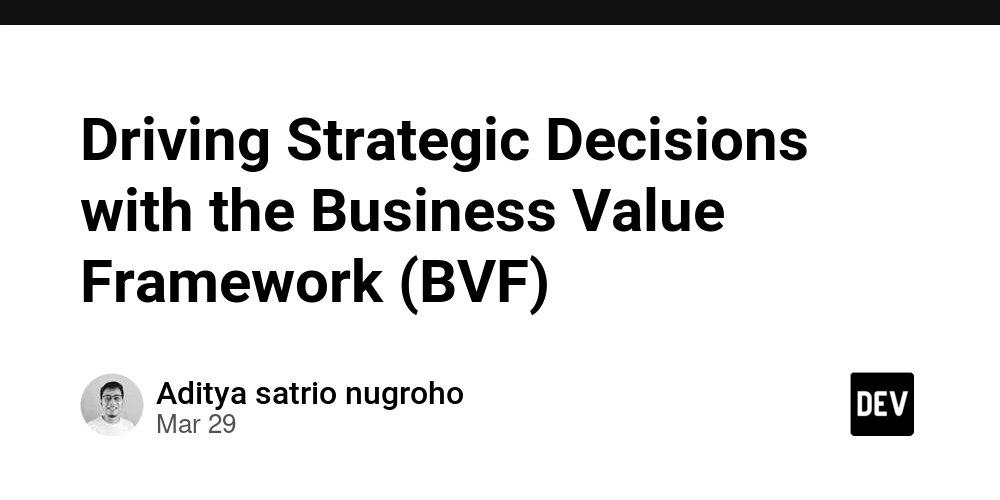
In contemporary business management, executives and senior leaders are continually challenged to ensure that organizational efforts directly translate into measurable and meaningful outcomes. One highly effective method of aligning technical, operational, and strategic initiatives is the Business Value Framework (BVF). The BVF encapsulates four core value drivers: reducing costs (cheaper), increasing speed (faster), enhancing quality (better), and generating more revenue.
Theoretical Foundation
The BVF aligns closely with Kaplan and Norton’s Balanced Scorecard (1992), which measures organizational performance through financial, customer, internal process, and learning/growth perspectives. Similarly, Porter's Value Chain (Porter, 1985) illustrates how operational efficiencies and strategic positioning can significantly impact competitive advantage, echoing the BVF categories. Additionally, the DevOps Research and Assessment (DORA) by Forsgren et al. (2018) provides empirical evidence linking software delivery performance (faster and better) to improved business outcomes, including profitability and market share.
The Four Pillars of BVF
1. Cost Reduction (Cheaper)
Reducing operational and overhead costs is fundamental for sustaining profitability. A compelling real-world case is Netflix's migration from data centers to AWS cloud infrastructure, cutting operational expenses dramatically and enabling scalable cost efficiency (Izrailevsky & Tseitlin, 2016).
2. Increasing Speed (Faster)
Speed enables businesses to swiftly respond to market demands and opportunities. Amazon exemplifies this pillar through their investment in automation and sophisticated logistics, enabling same-day delivery, significantly outperforming competitors and increasing market dominance (Chopra & Sodhi, 2014).
3. Enhancing Quality (Better)
Quality improvements positively affect customer satisfaction, loyalty, and brand reputation. Toyota’s implementation of Lean Manufacturing and the Toyota Production System (TPS) drastically improved vehicle reliability and customer trust, becoming a global benchmark in operational excellence (Liker, 2004).
4. Revenue Growth (Generate More Money)
Efforts aimed at increasing revenue through improved customer acquisition, retention, or monetization strategies are pivotal. Spotify's personalized recommendation algorithms significantly increased user engagement and retention, contributing to consistent growth in premium subscribers and revenue (Datta et al., 2017).
Step-by-Step Application of BVF in Strategic Decision-Making
- Identify and Clarify Business Challenges or Objectives: Clearly define goals such as cost reduction, market responsiveness, product quality, or revenue enhancement.
- Classify Objectives Under BVF Categories: Align the challenges to BVF pillars (cheaper, faster, better, more revenue).
- Propose and Evaluate Initiatives: Brainstorm, prioritize, and evaluate initiatives based on impact, feasibility, and speed to benefit.
- Implement with Measurable Metrics: Deploy selected initiatives with clearly defined metrics for outcome assessment.
- Measure and Report Outcomes: Regularly measure and communicate the results to executive stakeholders clearly linking initiatives to strategic business impacts.
Practical Real-World Example (BVF Table)
| BVF Category | Initiative | Outcome (Metrics) | Impact Achieved |
|---|---|---|---|
| Cheaper | Inventory automation | Operational cost reduction (20%) | ↓ 20% costs |
| Faster | Streamlined order processing | Order fulfillment time improvement (35%) | ↑ 35% speed |
| Better | Enhanced customer support training | Increased customer satisfaction ratings | ↑ customer rating (4.2 → 4.7) |
| Generate More Revenue | Personalized marketing campaigns | Increased total revenue | ↑ 18% revenue |
Conclusion
BVF is a powerful and practical tool for executives and managers to prioritize, communicate, and evaluate strategic initiatives effectively. Its simplicity and clarity bridge the gap between technical operations and strategic business objectives, reinforcing decision-making that consistently drives meaningful business outcomes.
References
- Chopra, S., & Sodhi, M. S. (2014). Reducing the Risk of Supply Chain Disruptions. MIT Sloan Management Review.
- Datta, H., Knox, G., & Bronnenberg, B. J. (2017). Changing Their Tune: How Consumers' Adoption of Online Streaming Affects Music Consumption and Discovery. Marketing Science, 36(5), 669-872.
- Forsgren, N., Humble, J., & Kim, G. (2018). Accelerate: The Science of Lean Software and DevOps. IT Revolution Press.
- Izrailevsky, Y., & Tseitlin, A. (2016). The Netflix Simian Army. Netflix Tech Blog.
- Kaplan, R. S., & Norton, D. P. (1992). The Balanced Scorecard – Measures That Drive Performance. Harvard Business Review.
- Liker, J. K. (2004). The Toyota Way: 14 Management Principles from the World's Greatest Manufacturer. McGraw-Hill Education.
- Porter, M. E. (1985). Competitive Advantage: Creating and Sustaining Superior Performance. The Free Press.





















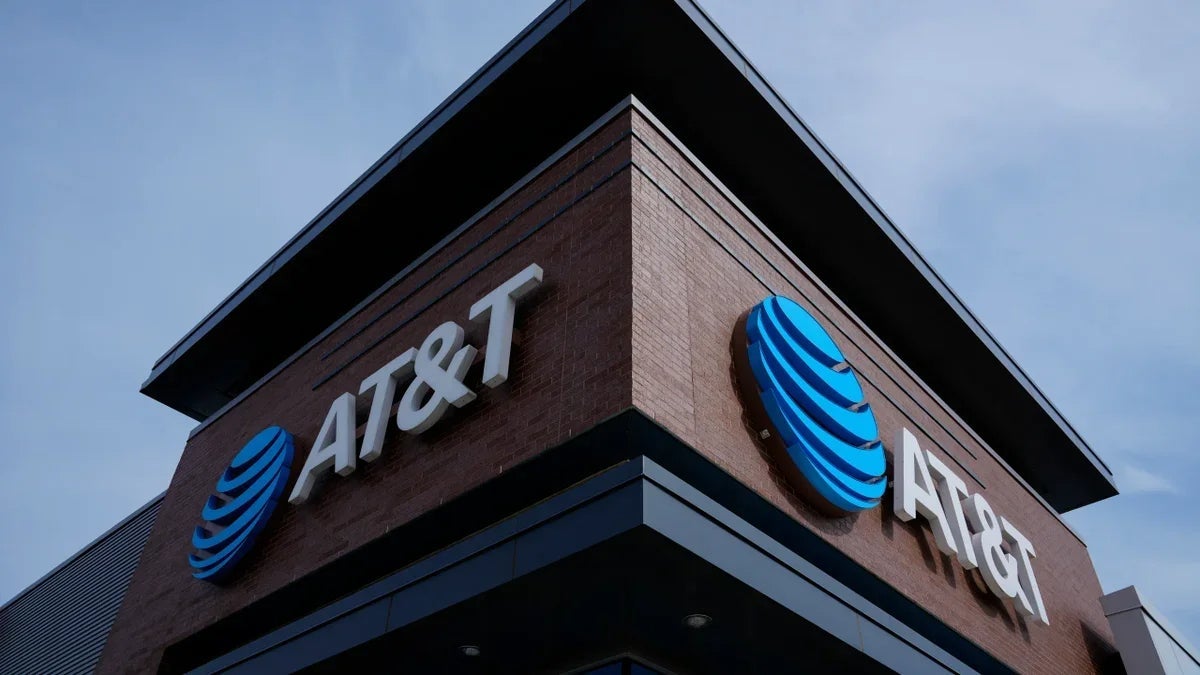



























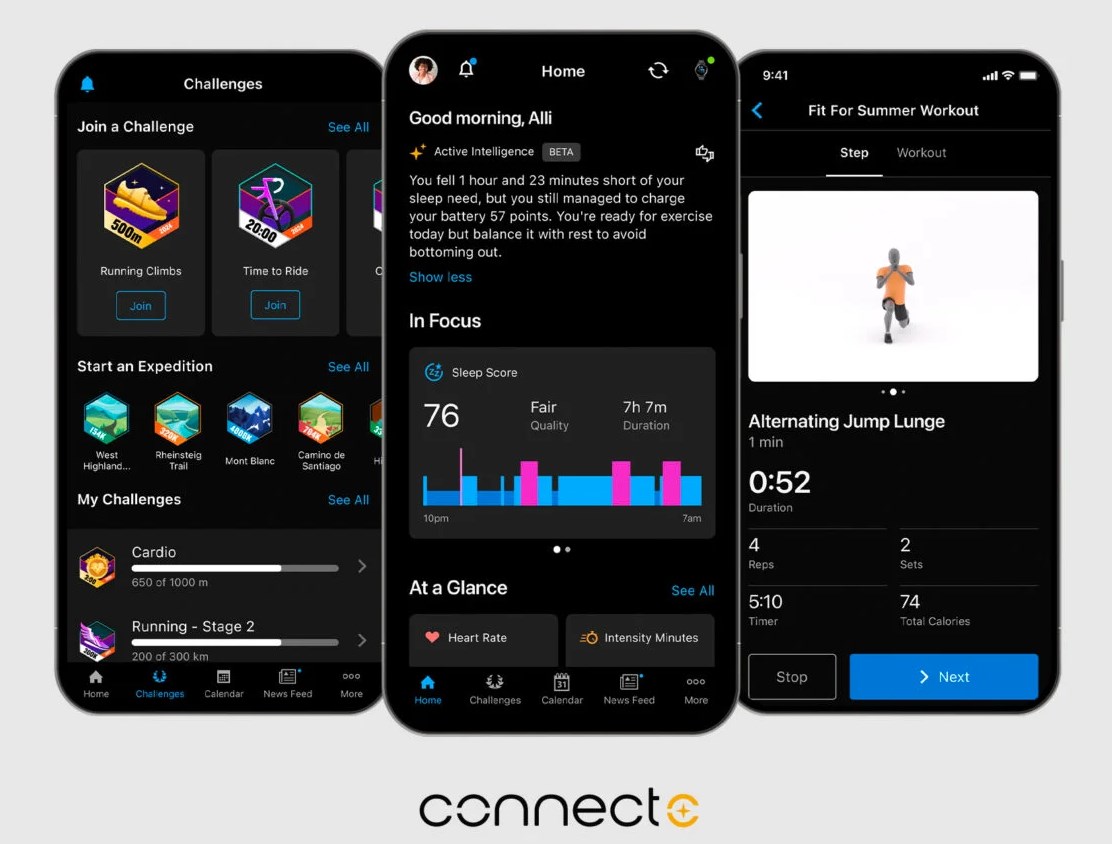
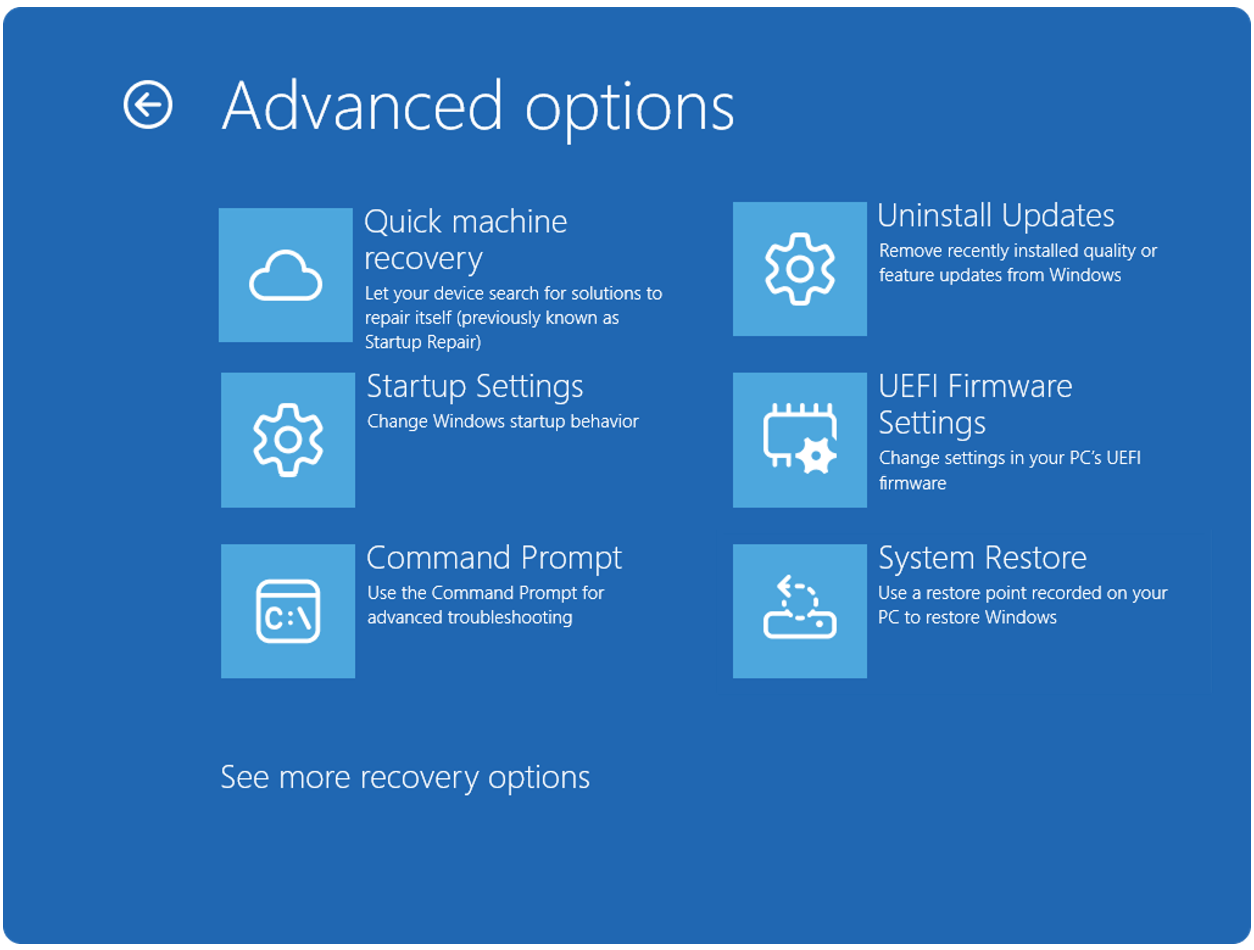


















![Get Up to 69% Off Anker and Eufy Products on Final Day of Amazon's Big Spring Sale [Deal]](https://www.iclarified.com/images/news/96888/96888/96888-640.jpg)
![Apple Officially Releases macOS Sequoia 15.4 [Download]](https://www.iclarified.com/images/news/96887/96887/96887-640.jpg)












![What’s new in Android’s March 2025 Google System Updates [U: 3/31]](https://i0.wp.com/9to5google.com/wp-content/uploads/sites/4/2025/01/google-play-services-1.jpg?resize=1200%2C628&quality=82&strip=all&ssl=1)


![Oppo ditches Alert Slider in teaser for smaller Find X8s, five-camera Find X8 Ultra [Gallery]](https://i0.wp.com/9to5google.com/wp-content/uploads/sites/4/2025/03/oppo-find-x8s-ultra-teaser-1.jpg?resize=1200%2C628&quality=82&strip=all&ssl=1)











-xl-xl.jpg)
























































































































































![[The AI Show Episode 141]: Road to AGI (and Beyond) #1 — The AI Timeline is Accelerating](https://www.marketingaiinstitute.com/hubfs/ep%20141.1.png)
![[The AI Show Episode 140]: New AGI Warnings, OpenAI Suggests Government Policy, Sam Altman Teases Creative Writing Model, Claude Web Search & Apple’s AI Woes](https://www.marketingaiinstitute.com/hubfs/ep%20140%20cover.png)
![[The AI Show Episode 139]: The Government Knows AGI Is Coming, Superintelligence Strategy, OpenAI’s $20,000 Per Month Agents & Top 100 Gen AI Apps](https://www.marketingaiinstitute.com/hubfs/ep%20139%20cover-2.png)























































































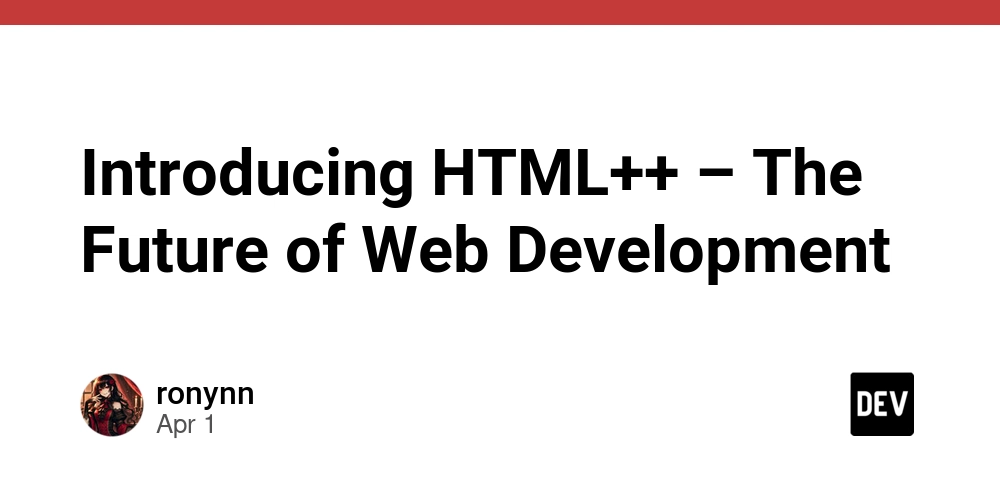





































![From broke musician to working dev. How college drop-out Ryan Furrer taught himself to code [Podcast #166]](https://cdn.hashnode.com/res/hashnode/image/upload/v1743189826063/2080cde4-6fc0-46fb-b98d-b3d59841e8c4.png?#)




























-1280x720.jpg?width=1920&height=1920&fit=bounds&quality=80&format=jpg&auto=webp#)





























































